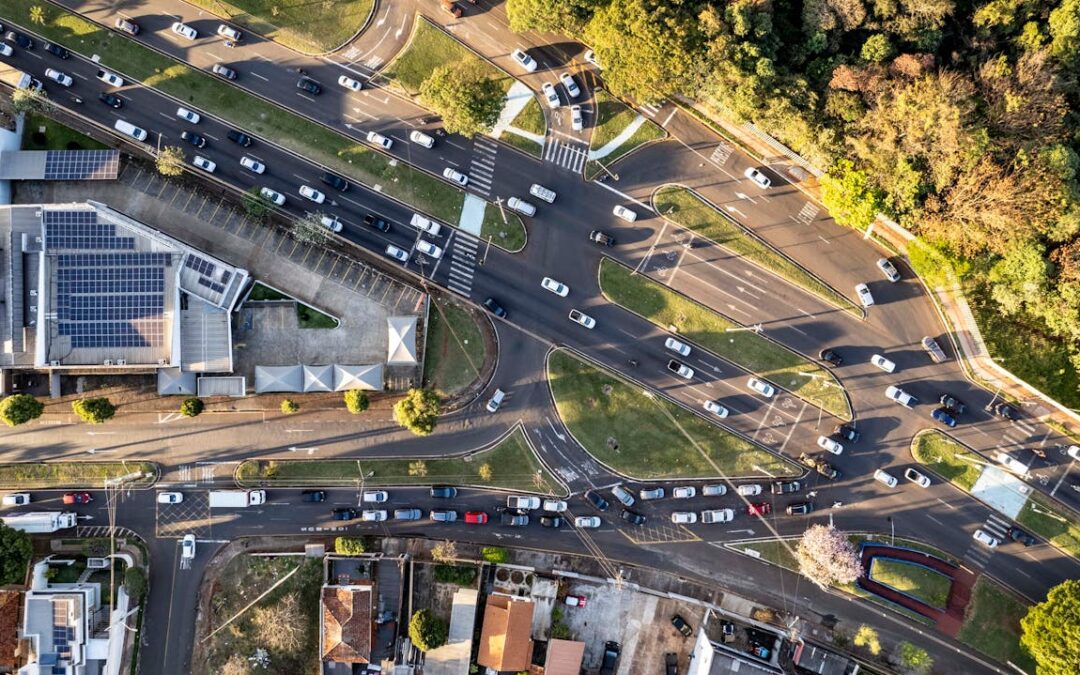It’s not every day that you can embed three acronyms in a headline (four if you count “CEO”), but when technologies evolve rapidly, the acronyms start to fly. We are at a moment of convergence in the fields of technology, aviation, warfighting, and intelligence. Artificial intelligence (AI) is having a significant impact on the design, production, and operation of unmanned aerial vehicles (UAVs). This, in turn, affects intelligence, surveillance, and reconnaissance (ISR). It’s an epoch-making shift, one in which Bill Irby, CEO of AgEagle Aerial Systems Inc. (Nasdaq: UAVS), is leading the charge to a new way of doing things.
For Irby, the ongoing war between Russia and Ukraine has not just redefined the role and potential of UAVs but has also established new operating principles for the entire UAV sphere. As he put it, “The Ukraine conflict has accelerated the speed of war and re-vamped the drone development and manufacturing cycle—creating a much faster design-build-test-produce cycle.”
This is what Irby wakes up thinking about every day. AgEagle is a global technology company that enhances situational awareness by focusing on high-value autonomous drone technologies that solve mission-critical problems for the defense industry, as well as for the government and commercial sectors.
The Ukraine war and other numerous other UAV use cases are demonstrating that traditional human-centric approaches to aerial operations are rapidly becoming obsolete. According to Irby, “The model of having a trained human being operating an expensive, highly complex aircraft simply doesn’t work in this era of mass-produced drones. You have to augment the human mind with AI to bring any measure of effectiveness to the process.”
As he put it, “AI technology presents itself as adding value in many scenarios. Any action that typically involves ‘man-in-the-loop’ decision making, control, or processing can benefit from AI. Take Unmanned Aircraft System (UAS) direct control as an example: being a pilot involves the monitoring of a number of inputs, visual and auditory. These include airspace awareness, instrument readings, weather, and so forth—then processing all this information to make decisions and act. These observations and actions can be made much more quickly and reliably with AI acting in place of the pilot.”
Not that this is so simple to implement. He added, “The limiting factors are computing power and communications. With enough of both, AI can anticipate, decide, and act without human engagement. The risk lies in overcoming those limiting factors and the AI algorithms themselves. Are they adequate to ensure mission accomplishment in a safe environment? This is the problem we are solving.”
AgEagle announced in July 2025 that it had entered a development project with an Israeli firm to demonstrate a small set of scenarios where three to five drones operating autonomously using AI would patrol and team together to detect unwanted border crossings.
More broadly, AI is affecting ISR overall. Irby reflected on this trend, sharing, “When I was first engaged in the ISR technologies industry, things like automatic target detection and identification were in their infancy. This technology has evolved rapidly. It is now in use operationally. The opportunity for this processing to occur at the edge, with automated engagement with weapon systems to neutralize targets, can speed up actions in wartime tasks.”
This is not a risk-free proposition, however. As Irby highlighted, “The risk is: do we really want machines deciding this on their own with no human control or intervention? For countries with a high moral standard, it’s my belief there will always be a ‘man-in-the-loop,’ but not all countries follow the same ethos.”
The role of AI on UAVs and ISR is early in its lifecycle. The impact will likely be substantial, perhaps redefining much of what we think of as the rules of aerial warfare and ISR in general. For more insights into this thorny subject, take a look at Sam Tangredi’s and George Galdorisi’s fascinating and deeply researched book, AI at War: How Big Data, Artificial Intelligence, and Machine Learning Are Changing Naval Warfare.
Photo by Rodolfo Gaion: https://www.pexels.com/photo/aerial-view-of-traffic-intersection-in-londrina-33435435/

